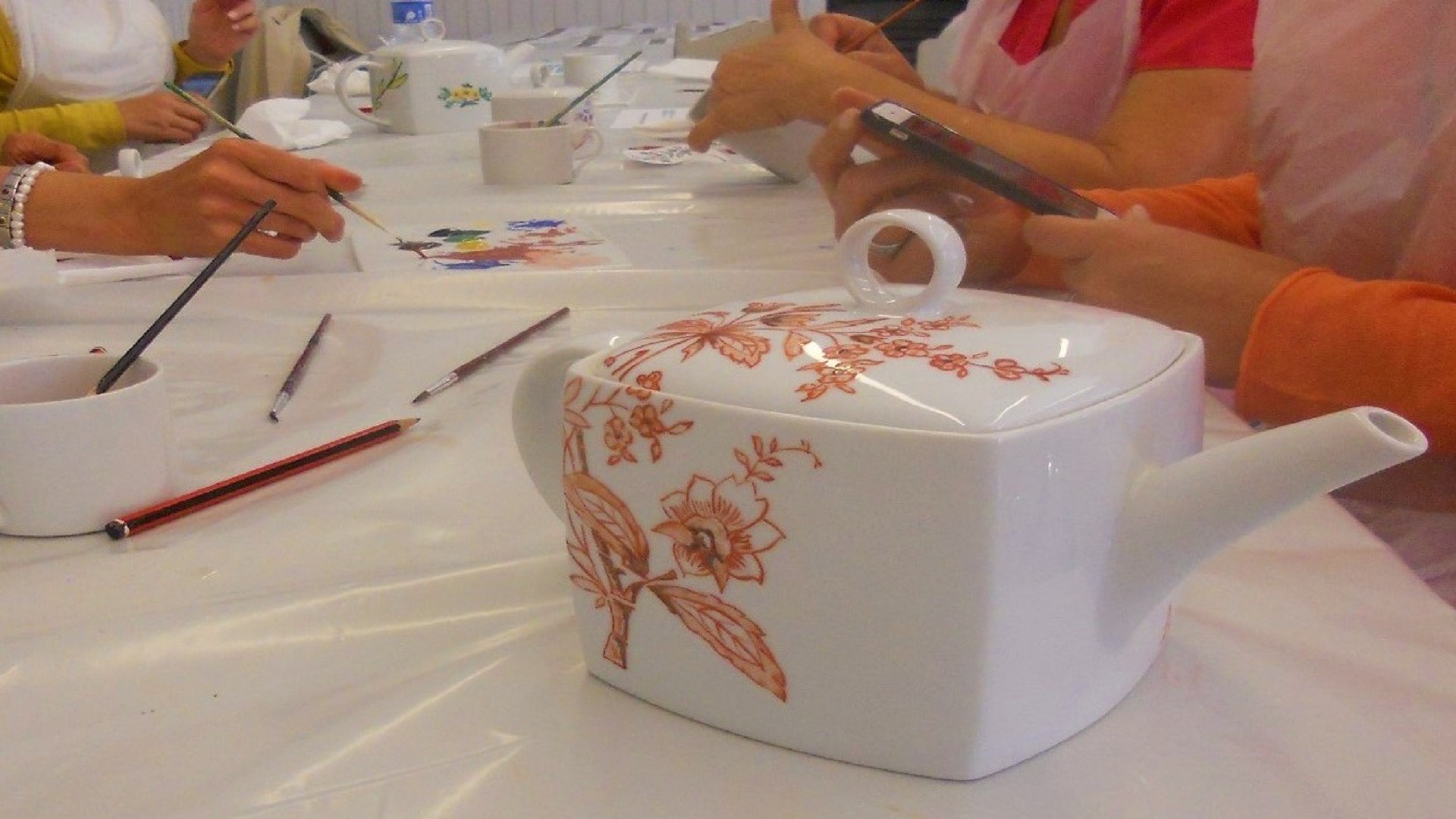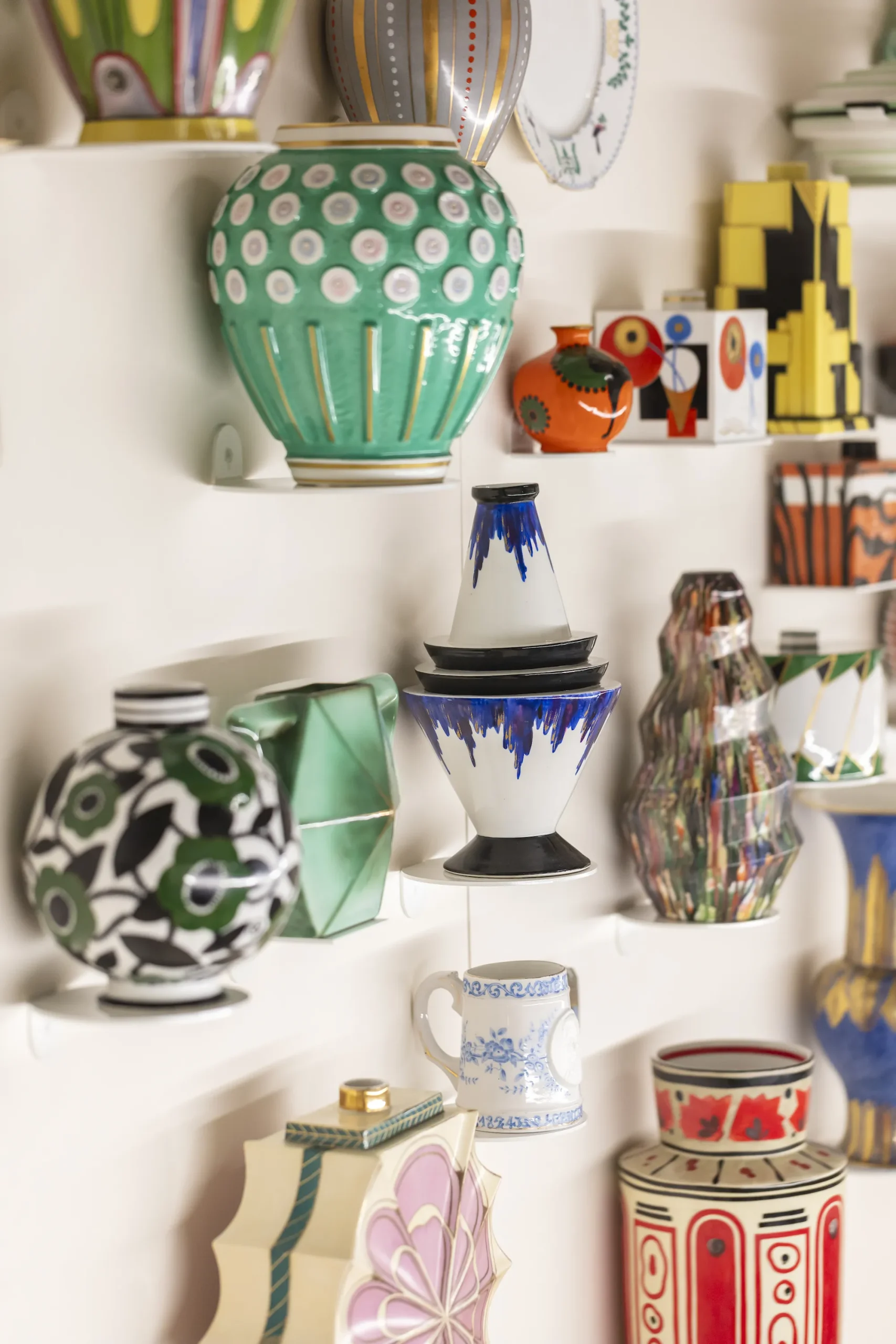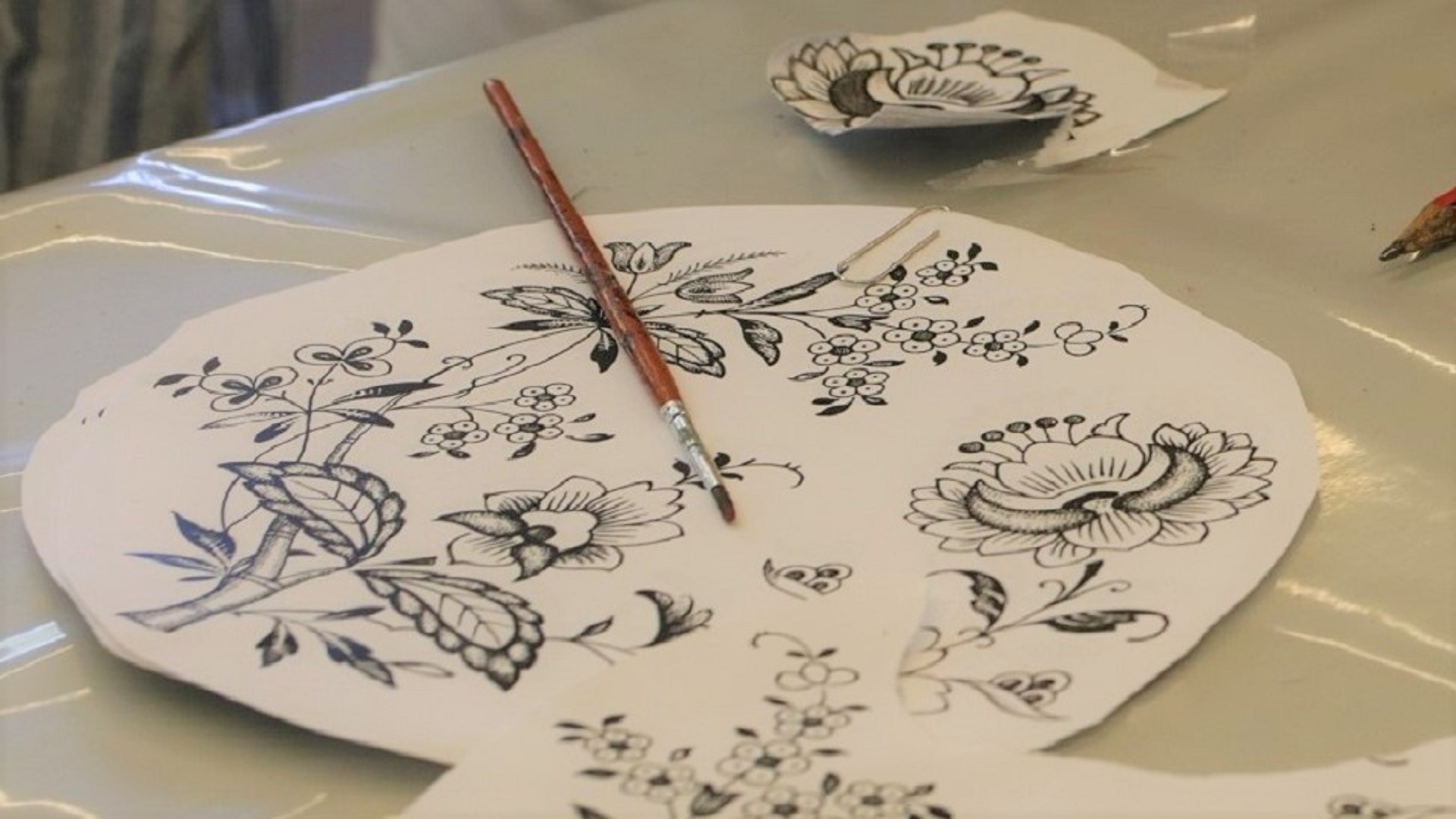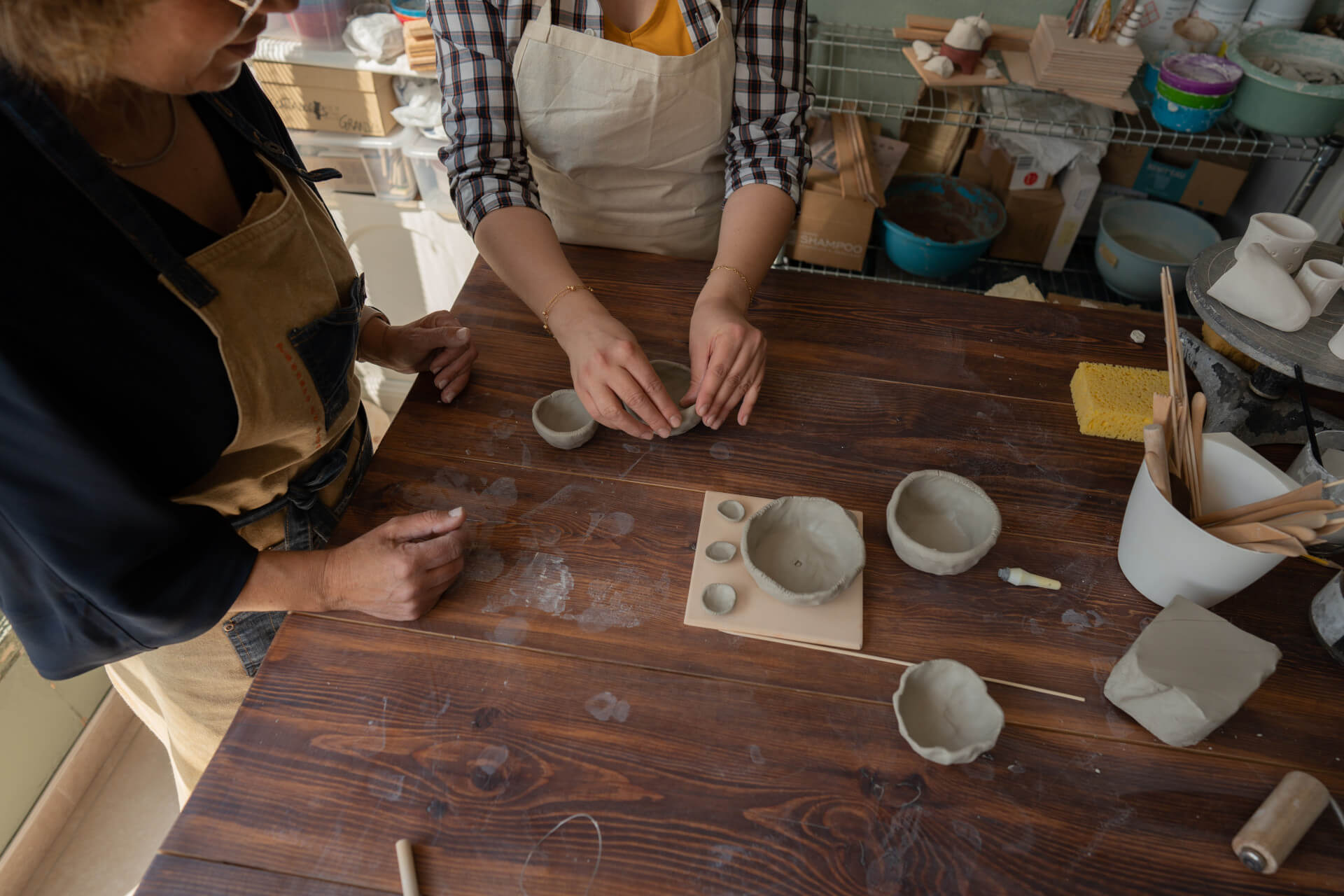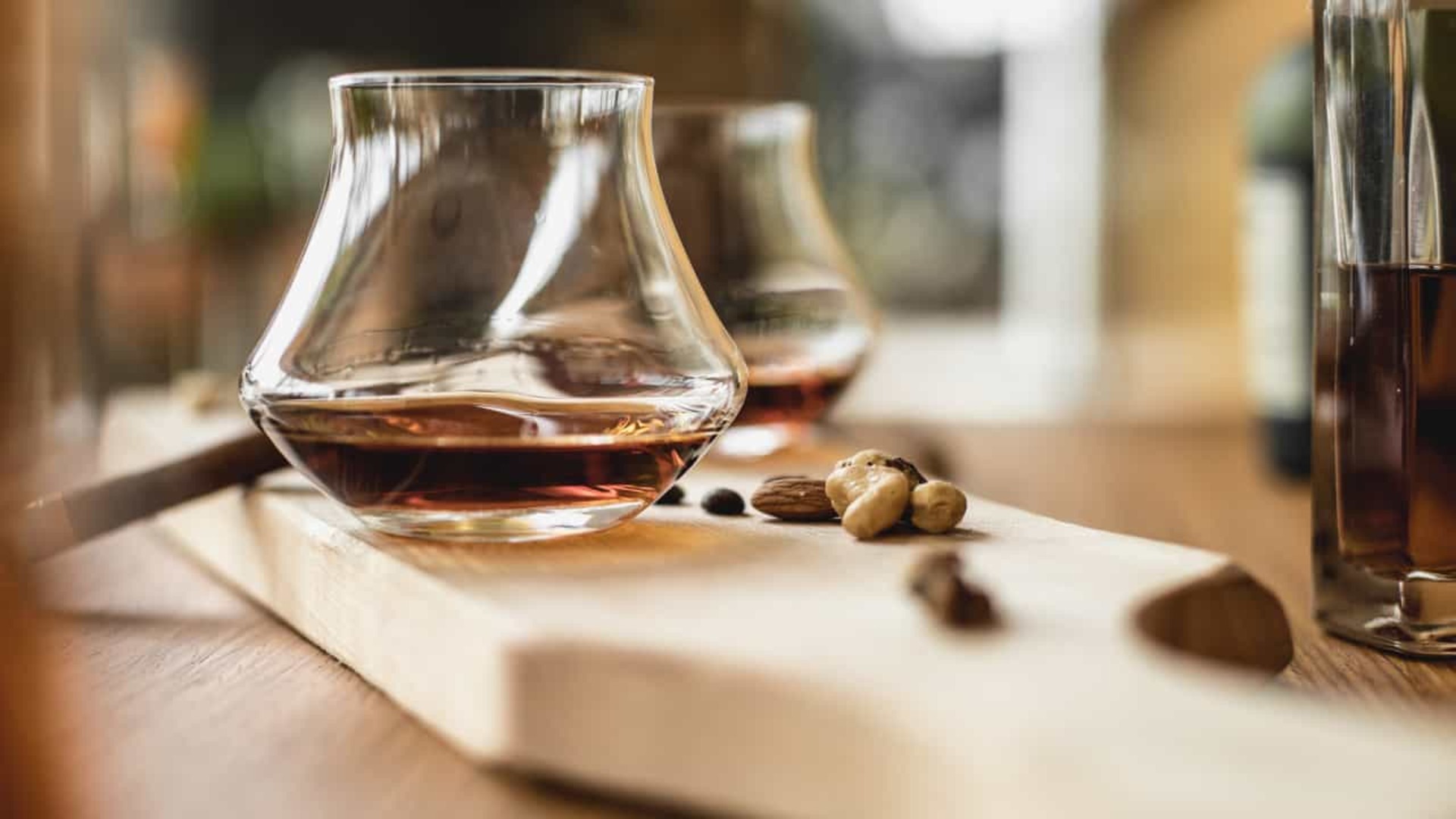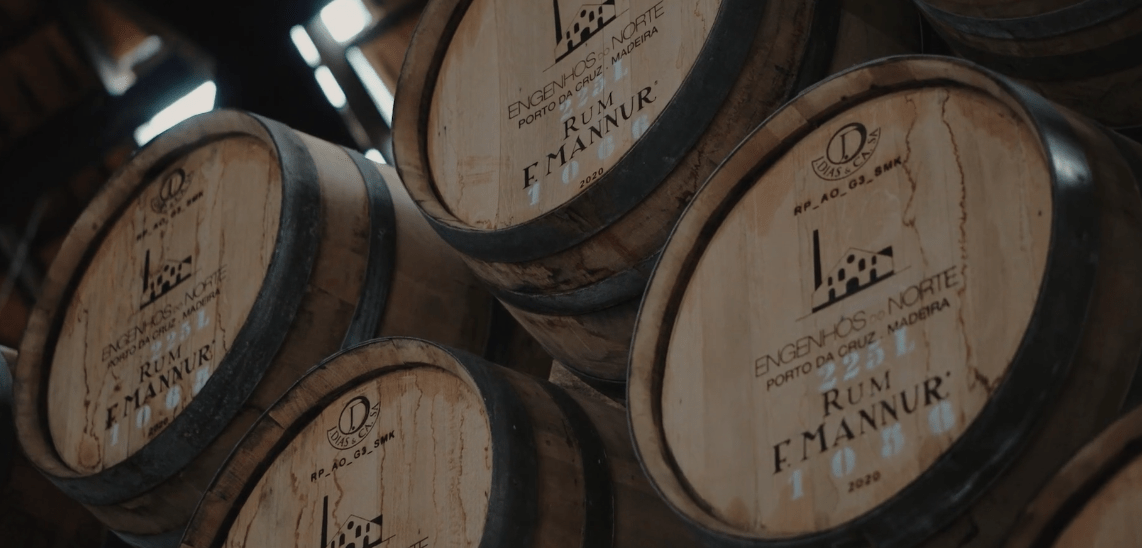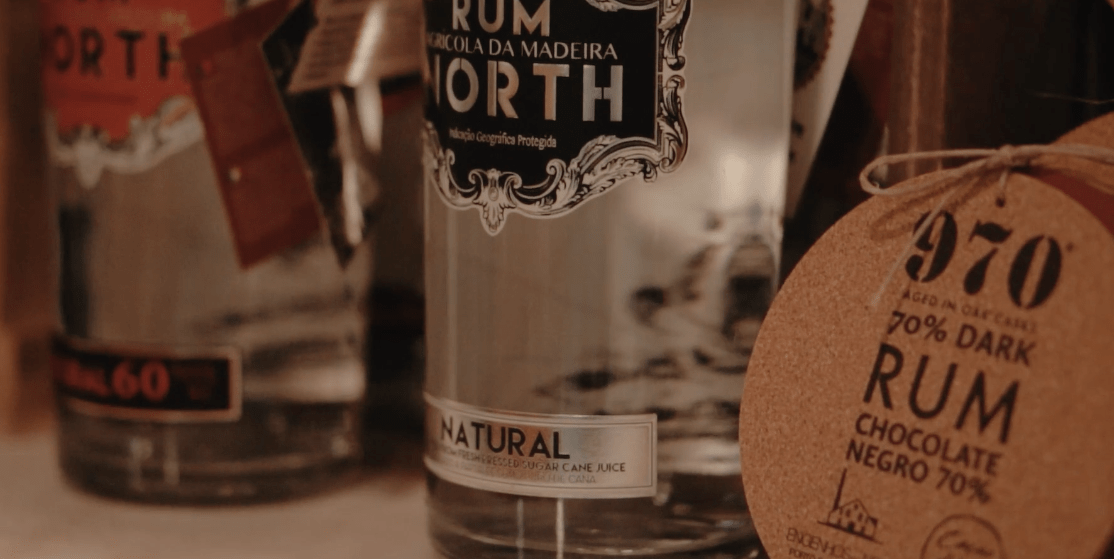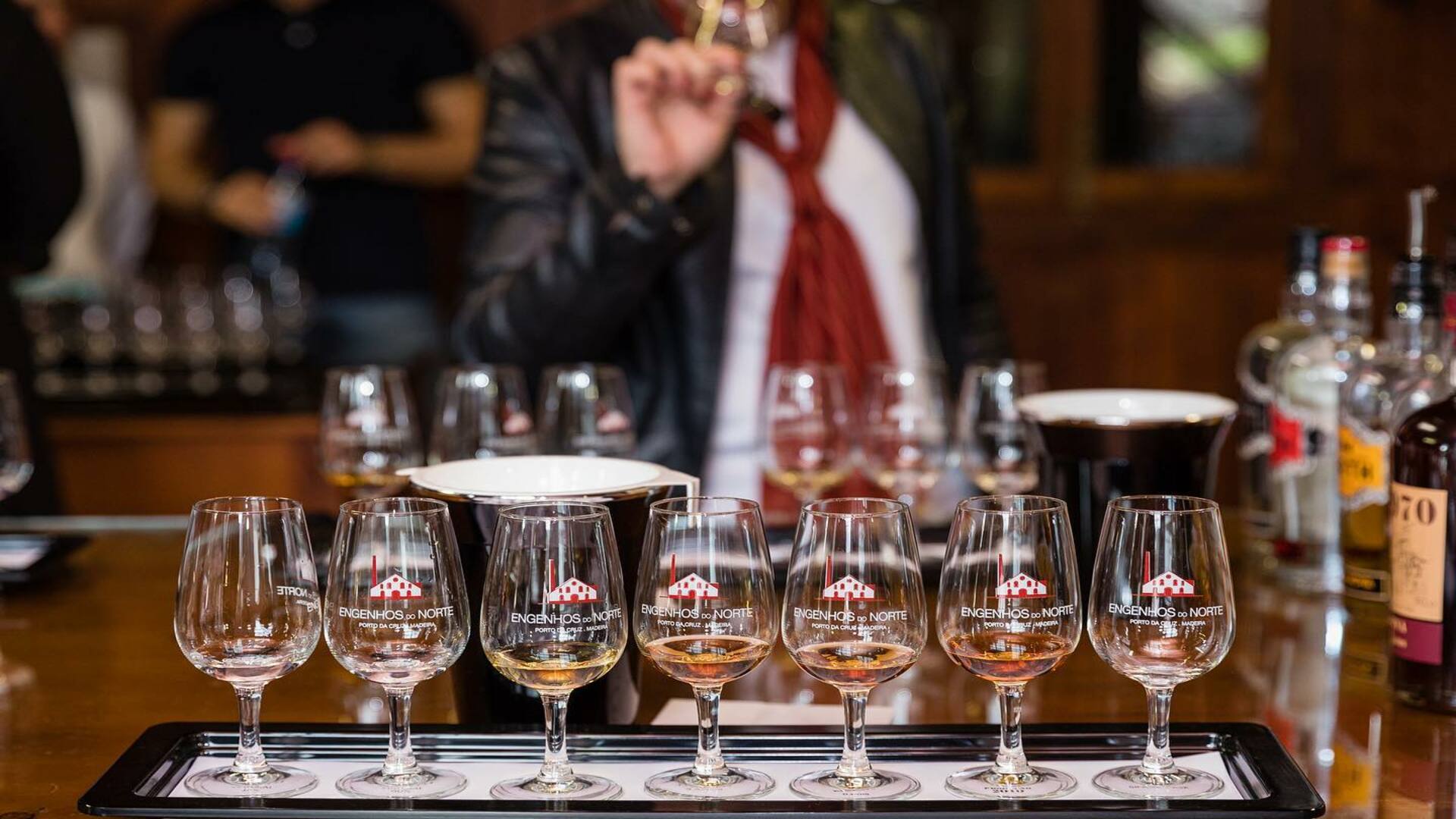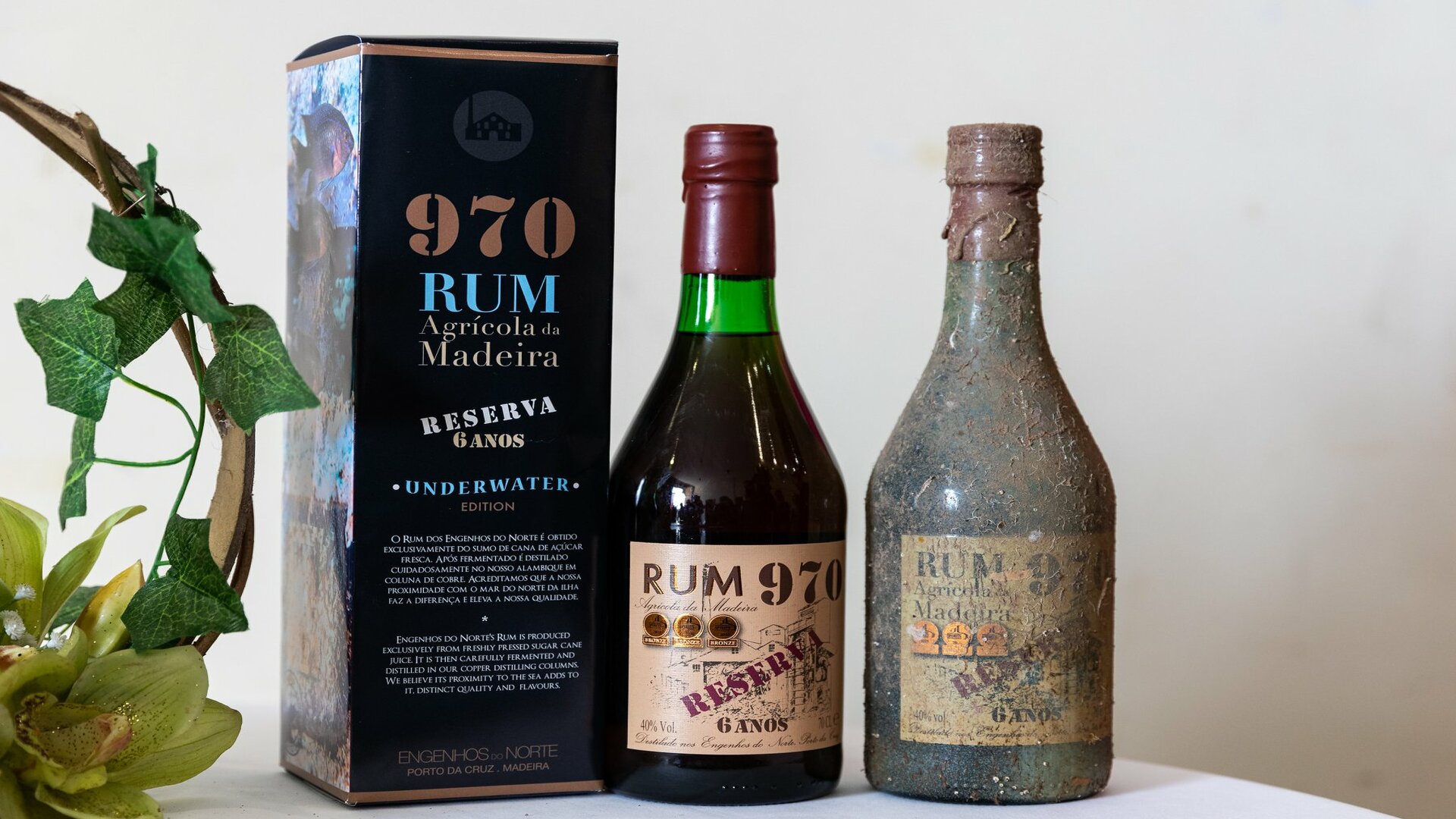There’s something profoundly human about creating with your hands while masters watch. Portugal offers two such moments, where centuries of know-how become yours for an afternoon. These aren’t demonstrations. They’re invitations into closed worlds, where the artist’s gesture and the distiller’s nose open doors usually locked to outsiders.
PORCELAIN ALCHEMY
Vista Alegre has been shaping Portugal’s finest ceramics since 1824. The factory town near Aveiro holds secrets that go beyond museum displays. Here, in a private atelier, you become the decorator. Professional artisans guide your brush across white porcelain. The pigments behave differently than common paint – they demand patience, a lighter touch. Each stroke carries two hundred years of technique. The masters correct gently, reveal tricks, explain why certain blues need three firings while others need one.
It’s not paint-by-numbers tourism. You’re working with the same materials that grace presidential tables. The piece you decorate – a plate, a vase, perhaps a bowl – travels through the kiln’s fire, emerging transformed. Days later, it arrives at your home, bearing your mark and Vista Alegre’s legendary glaze.
The atelier session lasts hours, not minutes. There’s time for mistakes, for laughter, for understanding why this craft endures. Between brushstrokes, stories emerge: of royal commissions, of patterns that take months to perfect, of how certain colors were once worth more than gold.
RUM’S HIDDEN TEMPLE
Madeira’s northeastern coast hides another kind of mastery. A distillery in Porto da Cruz has crushed sugarcane since 1927. Steam still rises from copper stills. The Atlantic crashes mere meters away.
This is a private journey through rum’s sacred geometry. Traditional mills press the cane (watch the juice run dark and sweet). Fermentation tanks bubble with wild yeasts. The distillation room smells of caramel and oak, of time condensed into liquid.
Your guide isn’t reciting facts. These are the people who actually make the rum, who know each barrel’s temperament. They explain Madeira’s unique agricultural rum – how it differs from Caribbean molasses spirits, why the island’s microclimates matter, what happens during years of patient aging.
The tasting follows production’s logic. Young white rum, sharp and grassy. Amber expressions, smoothed by wood. Finally, the reserves – complex, layered, impossible to rush. Between sips, you’re learning a language. Sweetness that isn’t sugar. Heat that warms without burning. The faint salt note from ocean air seeping through warehouse walls.
Nobody hurries you. Questions lead to deeper answers, to older bottles pulled from private stock. This is how connoisseurs are born: through attention, through access, through moments that can’t be replicated in crowds.
Both experiences share something essential. They require presence, curiosity, respect for craft. They transform spectators into participants. And they prove that luxury isn’t about exclusion – it’s about depth, about the generosity of masters sharing what they know. Your hands will remember long after you leave.

